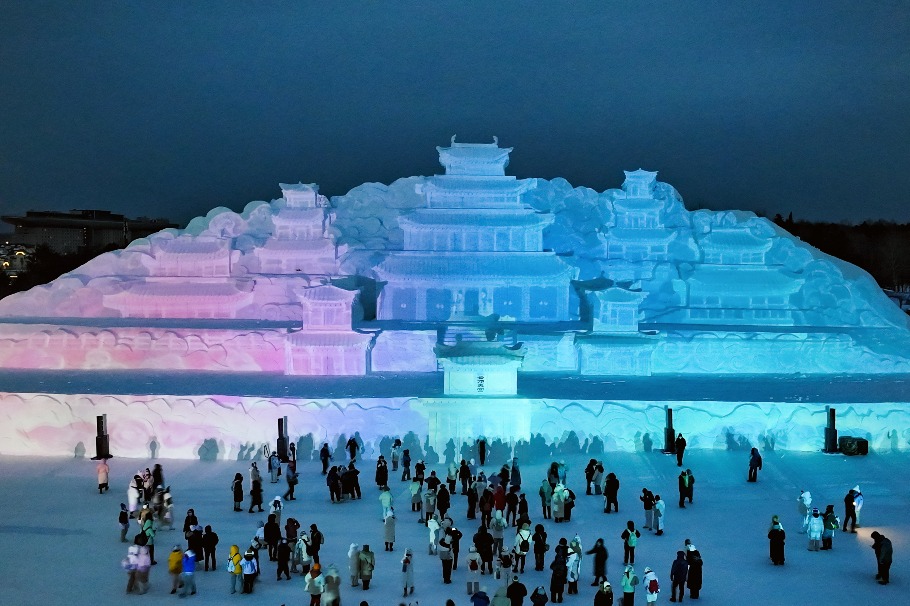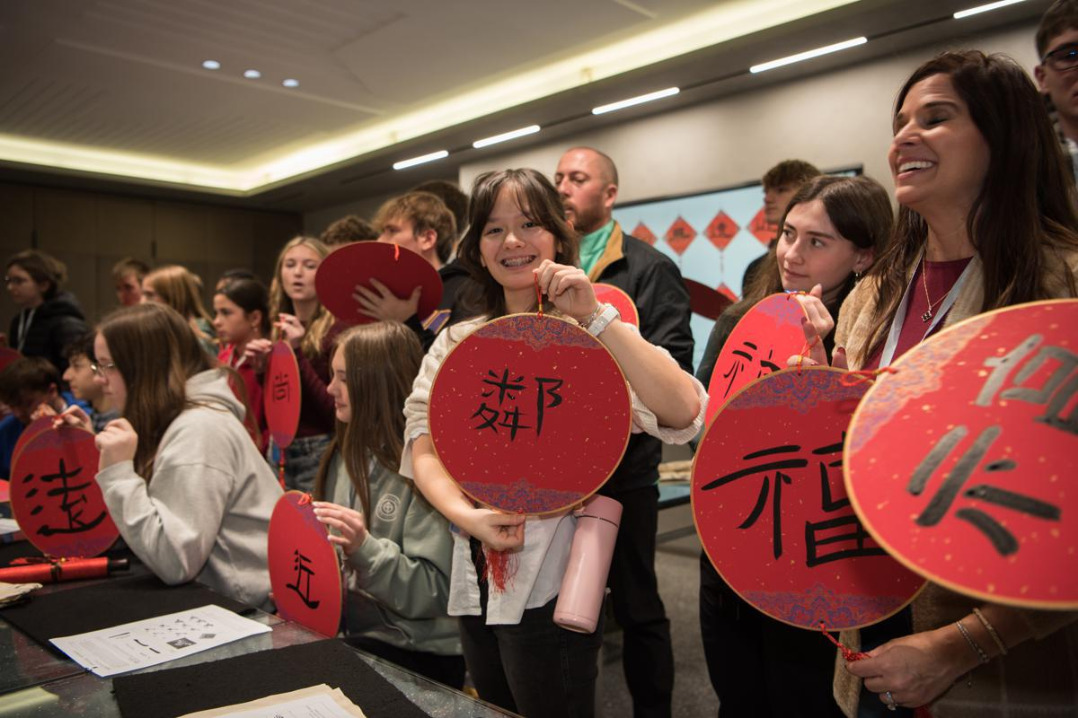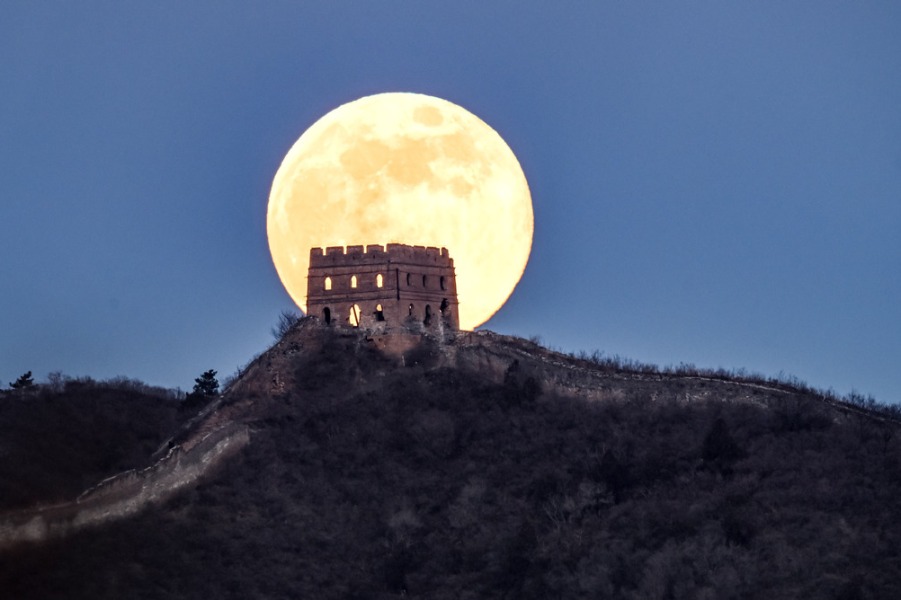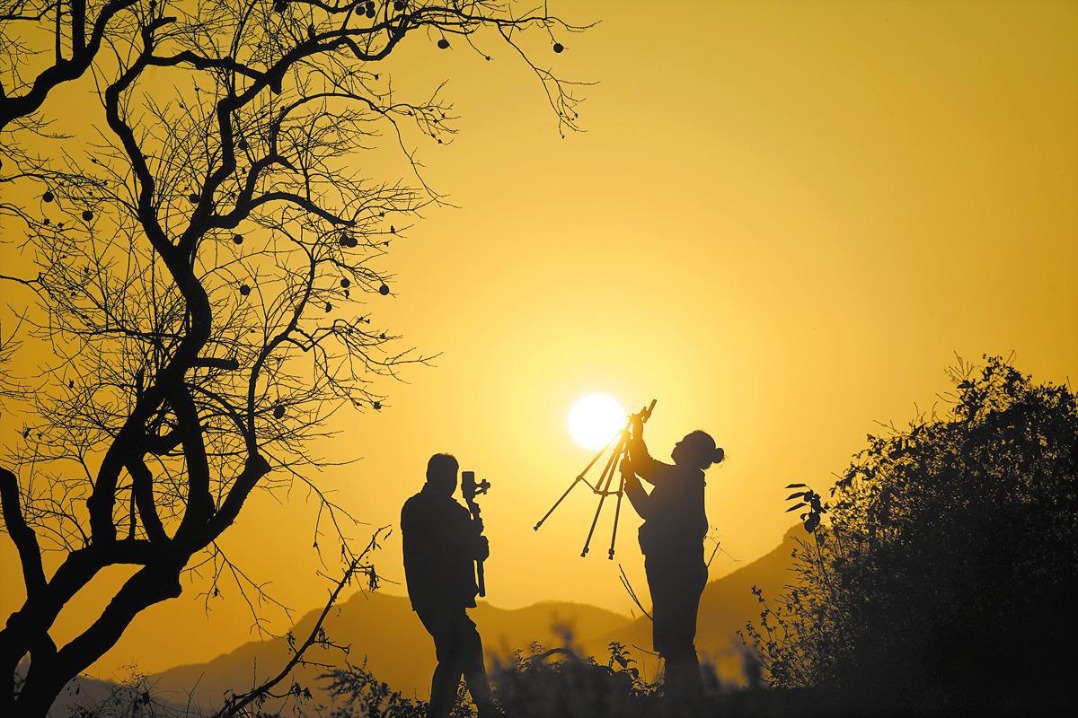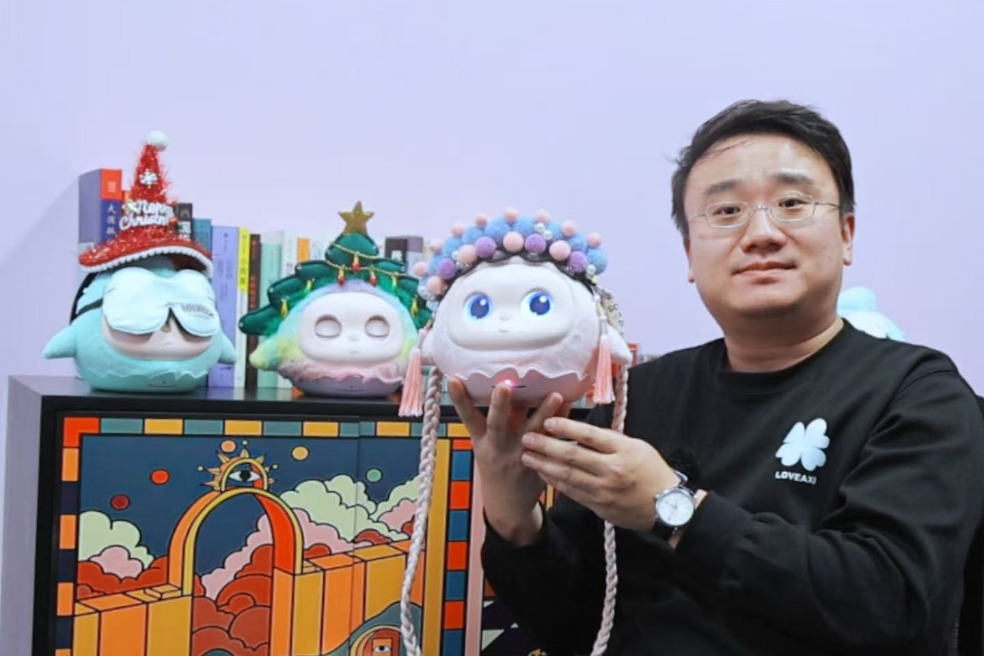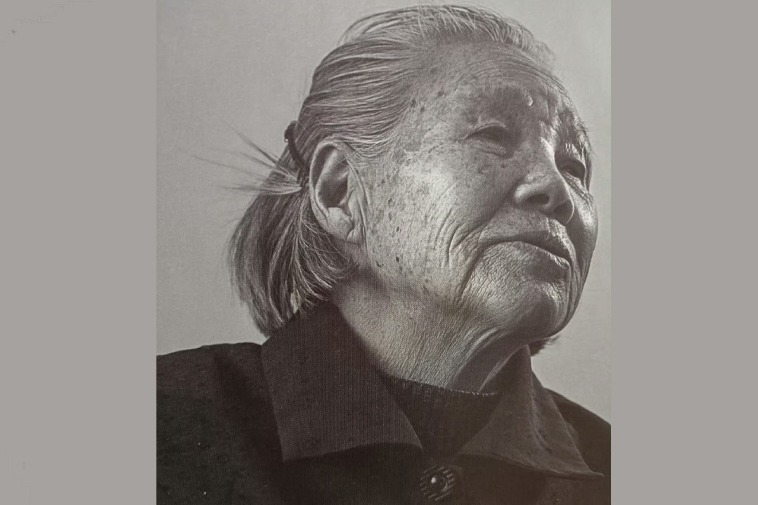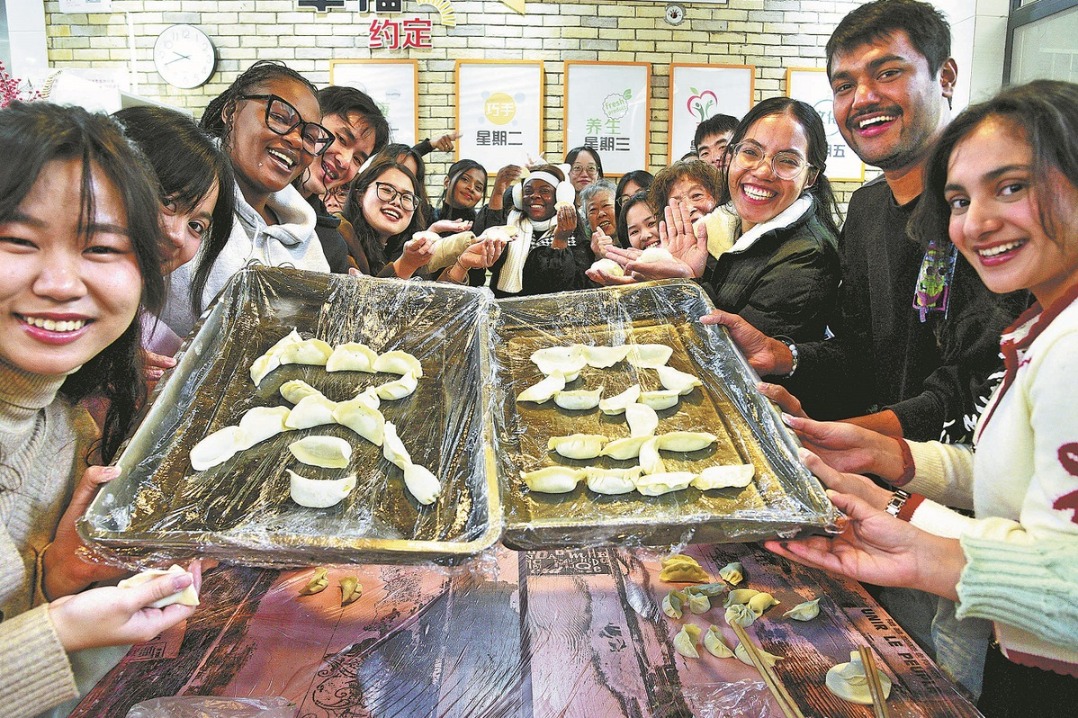Tibetan medicine professor looks back at his university's decades of growth

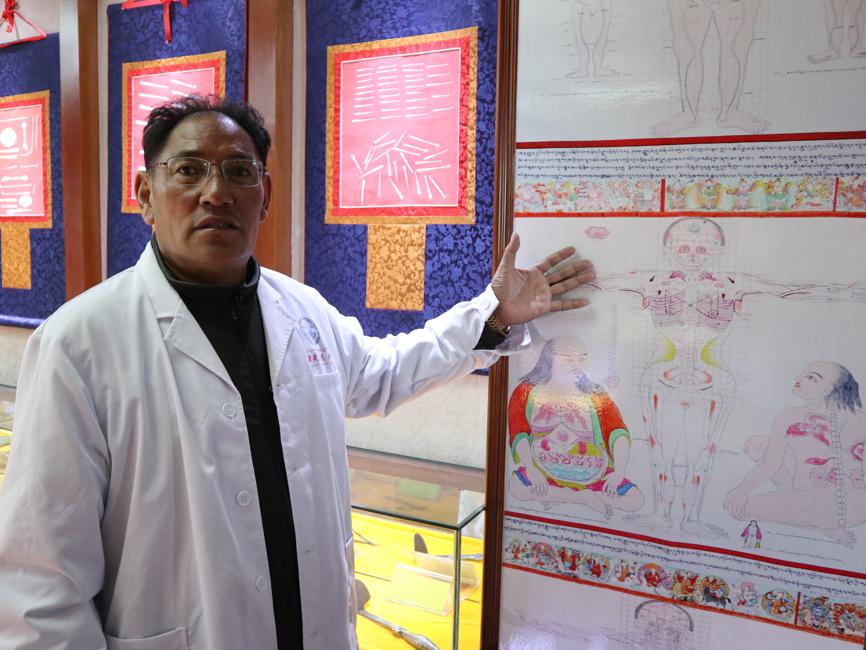
The University of Tibetan Medicine in the Tibet autonomous region has cultivated more than 7,600 Tibetan medicine professionals since its founding in 1989, professors from the university said last week.
"The University of Tibetan Medicine plays an important role in the preservation of Tibetan medicinal science in the new era, and it has undergone breathtaking changes over the past decades," said Kunga Namgal, a professor with the university, in an exclusive interview with China Daily.
Kunga Namgyal said the he is an alumni of the university, has been working as a teacher at the university for years, and has witnessed the university's growth.
He said that all aspects of the school, including student population, infrastructure, teaching quality, and teaching resources, have seen dramatic changes throughout the years.
Twenty years ago, when he was studying at the university, it only had two classes and less than 300 students. Now, the university has about 2,500 students, including more than 400 doctoral and post-graduate students, and more than 100 faculty members, which includes more than ten professors and about 30 associate professors.
"The university operates multiple majors, including Tibetan Medicine, Tibetan Astrology, and marketing management, and it has two doctoral programs carrying out clinical medicine, astrology, and academic research," Kunga added.
He mentioned that the university's enrollment consists of Tibetan students from various regions in the Tibet autonomous region, as well as students from different ethnic groups from provinces and regions across China.
"More and more people find Tibetan medicinal history and theorical knowledge interesting, which is why the university attracts students from everywhere. They help to promote Tibetan medicinal knowledge," he said.
In November 2018, Lum medicinal bathing of Sowa Rigpa, became recognized as an intangible cultural heritage by UNESCO. This type of therapy is a Tibetan practice based on cultivating a balance of the body and mind. Similarly, Gyushi, or the Four Medical Tantras, joined the Asia/Pacific Regional Register of Memory of the World this year.
- China launches new round of applications for nationwide childcare subsidies
- Xi congratulates Doumbouya on election as president of Guinea
- Chinese e-platform pushing AI education globally
- Shanghai researchers develop breakthrough breast cancer therapy
- Sycume thyroid meds added to national drug reimbursement list
- Chinese astronauts complete 1st cave training


















